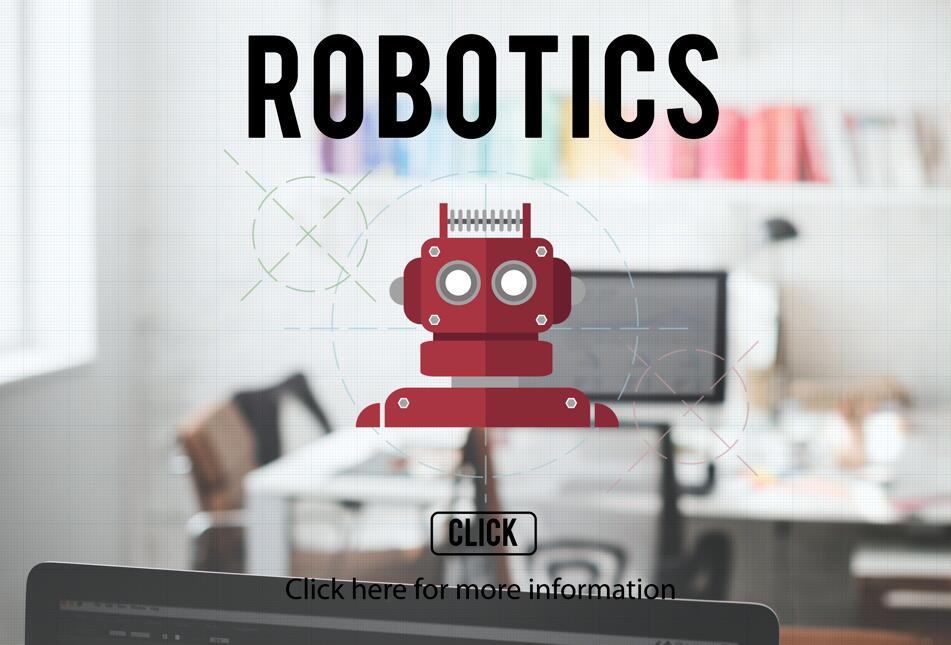AI Applications in Banking
Banks and financial institutions have stringent requirements regarding security, compliance, and transaction speed, making them one of the earliest adopters of AI technology. Functionalities such as AI-powered chatbots, digital payment advisors, and biometric fraud detection mechanisms help banks improve efficiency and customer service levels while reducing risks and fraud. Learn how banks leverage digitalization and intelligent technologies to provide end-to-end services.
AI Applications in Manufacturing
Devices and machines interconnected, transmitting and receiving data through central systems, form an Internet of Things (IoT) network. AI can not only process this information but also utilize it to predict business disruptions and opportunities, automatically executing the most suitable tasks and workflows based on specific circumstances. In smart factories, the scope of AI application extends to on-demand production protocols for 3D printers and virtual inventory domains. Learn how companies like Adidas utilize machine learning to deliver customized sports shoes within just 24 hours.
AI Applications in Retail
The COVID-19 pandemic has significantly altered people’s shopping habits, with a notable increase in online shopping compared to the previous year. These changes have created an intensely competitive and rapidly changing commercial environment for retailers. Online shoppers continuously explore various customer touchpoints, resulting in more complex, unstructured data than ever before. To fully understand and leverage this data, retailers hope to utilize AI solutions to process and analyze dispersed datasets, providing useful insights and engaging in real-time interactions with customers. Learn how to utilize digitalization and intelligent technologies to address the challenges and opportunities of the new era in the retail industry.
AI Applications in Agriculture
In the agricultural sector, AI applications not only help increase yields but also drive innovation research towards sustainability. AI’s predictive capabilities also help improve agricultural efficiency and food supply chain efficiency. For example, predictive analysis tools can inform farmers of the optimal time to harvest different types of crops by evaluating factors such as ripening schedules, weather conditions, and distance to the market. This includes prompting the automation of workflows for agricultural robots, enabling them to automatically harvest and process specified quantities of crops at specific times. Learn how intelligent technologies can drive sustainable development and crop growth in agriculture.



